Best ideas for nursery schools
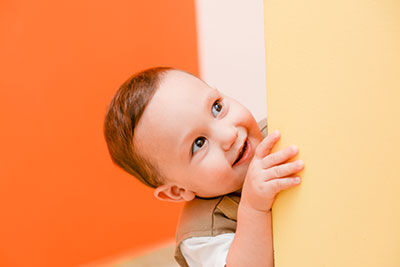
The equipment of a kindergarten bathroom is regulated, among others, by the ordinance of the Minister of Education. It specifies the recommended number of sinks and toilets, as well as maintaining cleanliness in the room. It addresses safety and ergonomics to a lesser extent, which are equally important in a children's bathroom. What should be considered when designing a kindergarten bathroom?
Legal Requirements
According to the ordinance of the Minister of Education on safety and hygiene in public and private schools and educational institutions, a specified number of sinks, toilets, and urinals is recommended. In a kindergarten, there should be 1 sink and 1 toilet bowl for no more than 15 children. The kindergarten bathroom must also have a shower tray or another device for washing children.
The facility manager is obliged to ensure constant access to warm water at a temperature of about 35-40°C. It is worth noting that for safety reasons, faucets for children aged 3-5 years must have a thermostat and a system for mixing hot and cold water to prevent the child from being scalded by too hot water.
There are no strictly defined guidelines regarding the height of mounted equipment. However, it is emphasized that the facility should either install sinks and toilets at a height appropriate for children or provide them with a non-slip step stool.
The law also stipulates that educational institutions are responsible for maintaining cleanliness in the toilets. To ensure greater hygiene, it is recommended to use washable, moisture-resistant, and abrasion-resistant materials on the walls, up to a height of at least 2 meters. One of the latest changes is the introduction of an obligation to equip toilets with hygiene products - according to the justification, these are soap, toilet paper, and paper towels or a hand dryer.
Kindergarten Bathroom Equipment
In kindergarten, children learn proper hygiene habits. They learn both to wash their hands and teeth and to use the toilet. A properly and ergonomically designed bathroom contributes to:
- gaining independence in using the toilet,
- effective learning of hygiene activities,
- increasing child safety.
Special attention should be paid to bathroom equipment, adapted to the height and capabilities of the child. By adopting the average height of children in a given age group, optimal installation heights for the equipment can be determined.
It is recommended:
- Using bathroom doors that the child can open themselves – they must reach the handle and open the door without using force. Similar rules apply to WC cubicle doors. On one hand, the door ensures the child's privacy, but on the other hand, they must also guarantee comfort of use and safety. If the door is equipped with a lock, it must be possible to open it from both sides.
- Mounting the equipment at the appropriate height – for preschool children, a height of 45-60 cm is assumed, and there are devices available on the market that can be mounted at this height range.
- Non-slip materials – a good solution in a children's bathroom is non-slip flooring. Thanks to its raised structure, even a wet floor does not pose a threat to the child.
- Bathroom equipment, including faucets, furniture, and ceramics, can have a rough, non-slip surface, making it easier for children to grip.
- Rounded edges – bathroom elements such as ceramics, furniture, and paper dispensers should not have sharp edges.
- Soft-closing toilet seat – a gently closing toilet seat does not pose a threat to the youngest children, reducing the risk of pinching fingers.
- Bathroom location – the bathroom must be an integral part of the classroom. Several-year-old children are not yet fully able to control their physiological needs, so easy and quick access to the bathroom is essential in kindergarten.
At what height to mount the sink?
Although regulations do not specify the exact height for mounted equipment, average heights are assumed based on the age and height of the child:

At what height to mount the toilet bowl?
In the case of toilet bowls, the length is also important – allowing the child to sit comfortably on the seat. Recommended dimensions are:
- for children up to 3 years old – 37.5 cm,
- for children aged 3-6 years – 43 cm,
- for children older than 6 years – 50 cm.
In the case of too wide bowls, seat reducers can also be used. They allow convenient adjustment of the width and length of the bowl for a bathroom intended for different age groups simultaneously.

Height of mounting toilet paper and paper towel dispensers


Hygiene in Kindergarten Bathroom
Young children cannot yet use the toilet without sitting. To ensure hygienic conditions for children, it is recommended to install a dispenser for disposable toilet seat covers. With a paper cover, the child does not touch the seat with their hands. Most of the risks associated with visiting the toilet are bacteria, viruses, and parasites transmitted on the hands. The covers usually also cover the toilet edges, effectively minimizing contact with the toilet bowl. Using toilet seat covers does not replace hand washing, so children still need to be taught proper hand washing after using the toilet.
For hygienic reasons, kindergartens also give up traditional towels in favor of paper towels. Such a decision entails the necessity of additionally equipping the children's bathroom with paper towel dispensers. As with other bathroom accessories, the dispenser should be mounted at a height convenient for the child.
Design Matters
Learning proper hygiene habits and using the toilet follows the same rules as other educational activities for children of this age. Hence the importance of creating a friendly atmosphere in the kindergarten bathroom. It is worth choosing equipment designed with children in mind. Some manufacturers of ceramics and fittings offer product lines with dimensions and colors suitable for children. In addition to standard bathroom equipment, kindergartens also need hooks for towels (if the facility uses traditional towels) and shelves for cups and toothbrushes. However, storing household chemicals in a children's bathroom is unacceptable.
Another aspect of the design of children's rooms, including bathrooms, is the choice of friendly materials. Paints or plastic elements should not be toxic. When selecting finishing materials, awarded certificates can be considered, such as the EU Ecolabel or the German TUV certificate.
Bathroom Equipment with Children in Mind
In summary, educational institutions, including kindergartens, must first and foremost meet the requirements set by the Ministry. An attractive bathroom is an incentive for faster learning of hygiene rules and toilet use. The kindergarten toilet must also provide children with a sense of security and privacy. Therefore, uncompromising design of the bathroom for children is crucial.
Sources:
Ordinance of the Minister of National Education of August 31, 2010, on the types of other forms of preschool education, conditions for creating and organizing these forms, and their operation (Journal of Laws of 2010, No. 161, item 1080, as amended)
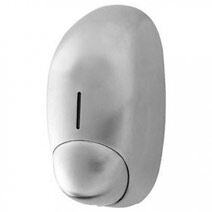

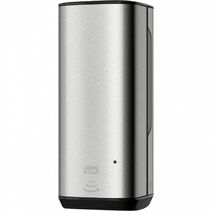
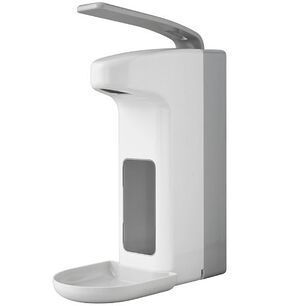
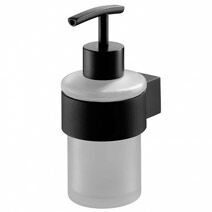
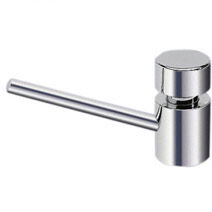

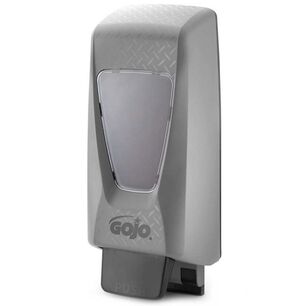

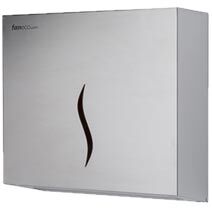









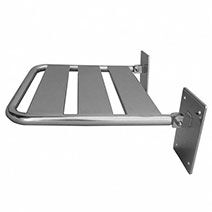

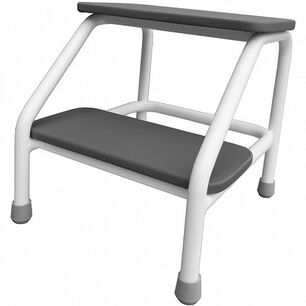

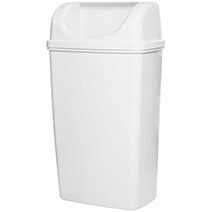

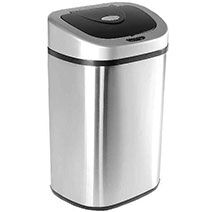

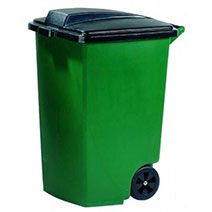






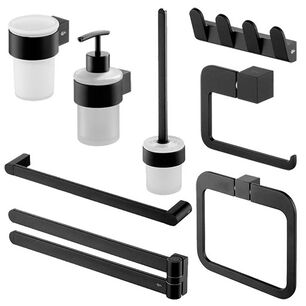

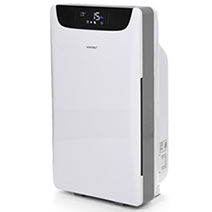
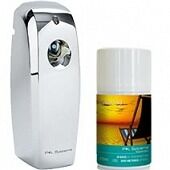



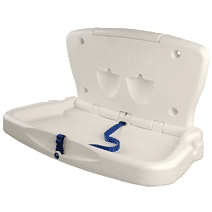
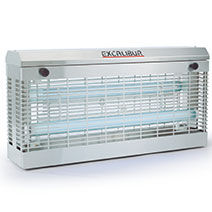
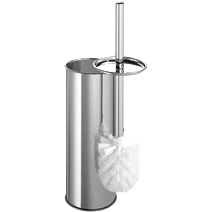

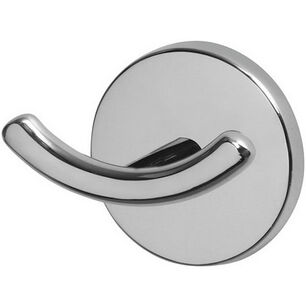
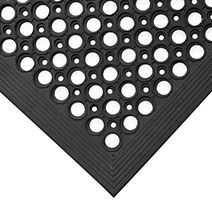

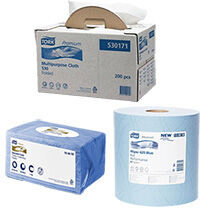

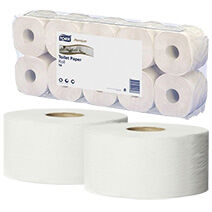





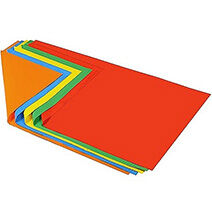

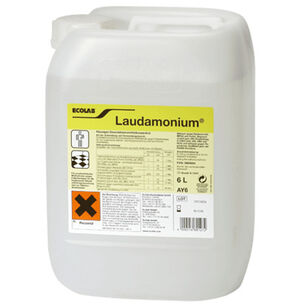
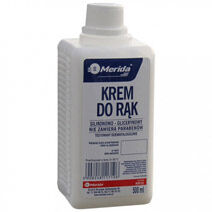
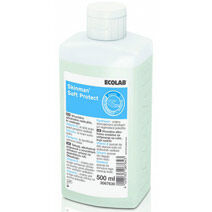






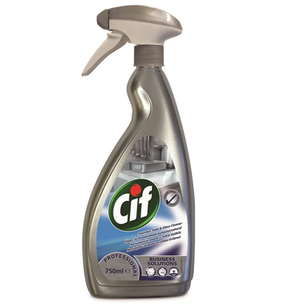
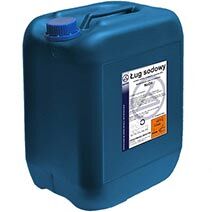
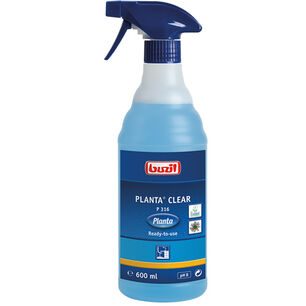

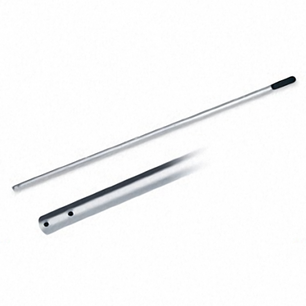
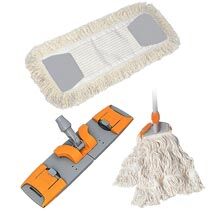

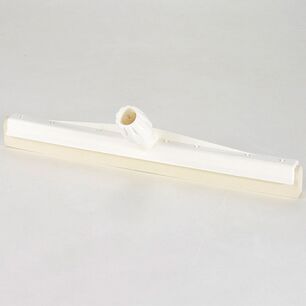
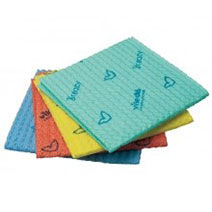



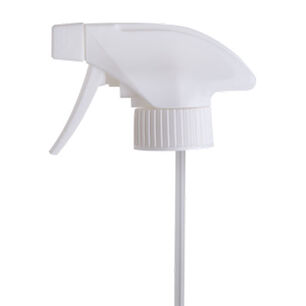
 Polski
Polski
 Czech
Czech
 German
German
 Spanish
Spanish
 Slovak
Slovak